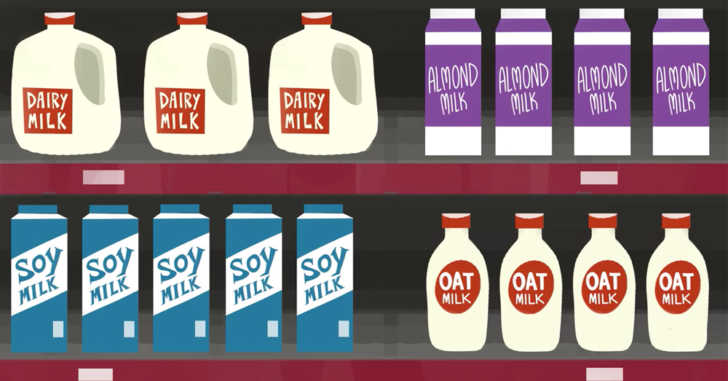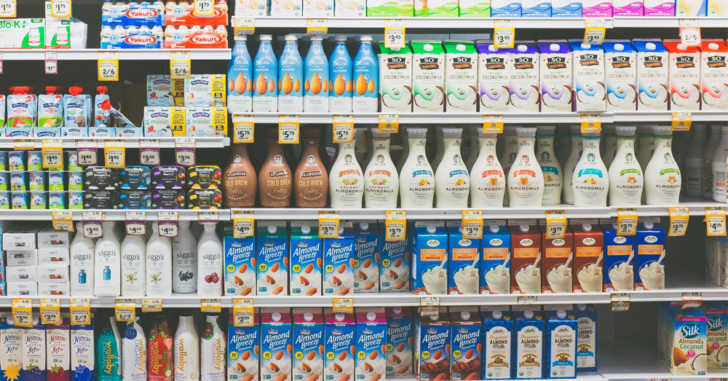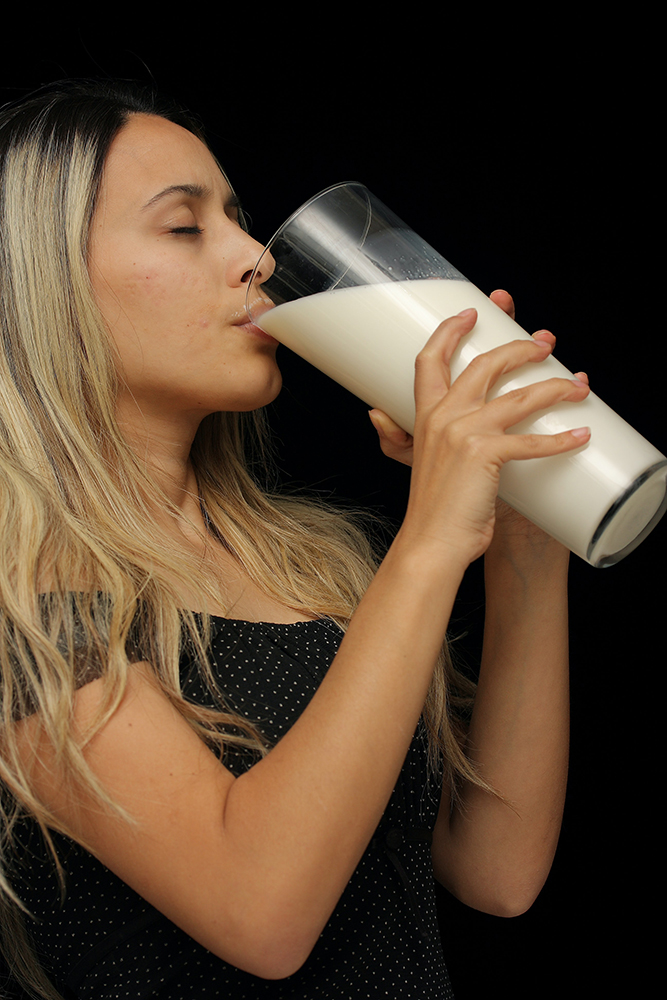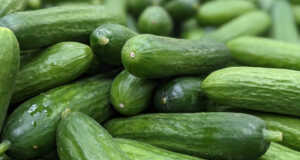
The options for milk used to be fairly limited to dairy. Soy milk burst onto the scene in the 1980s and became very popular with the launch of Silk soy milk in 1996. Then, almond milk snuck onto the health food scene in the early 2000s and eventually became the most popular plant-based milk in the US in 2013.

The newest member of the dairy-alternative milk family isn’t actually new at all. Oat milk has been around since the 1300s, but it wasn’t sold in any official capacity until the 1990s. Oat milk had a slow rise to popularity, and in fact, it’s only been since 2017 that mainstream restaurants and grocery stores started carrying it.
With so many options, it’s difficult to know which milk is best – both for you and the planet. Let’s break down some of the mystery and false claims behind dairy, soy, almond, and oat milk.

Let’s start with a baseline. 250 ml of dairy milk contains roughly 8 grams of protein, 12 grams of carbohydrates, and 2-8 grams of fat. All in all, that’s about 15% of the daily recommended protein for an adult, 10% of daily carbs, and 2-15% of daily fat.
Plant-based milks have less carbs and less fat than dairy milk, though they are said to have more good fats. This seems like a no-brainer then, right? Not so fast.

Dairy milk is high in vitamin D and calcium – both of which don’t occur naturally in the alternatives. Furthermore, dairy milk has more protein than both almond and oat milk.
Soy milk is a different beast altogether. People used to think soy milk contained a lot of isoflavones, which was thought to mimic the effect of estrogen in the body and cause hormonal imbalances. However, it turns out soy milk contains very little isoflavones.

All that to say, in truth, the milks are similar health-wise, without any clear drawbacks unless you’re lactose intolerant or allergic to nuts. That’s good news for you, but potentially bad news for the planet.
There’s so much that goes into the process of creating regular milk and milk alternatives. For more information on nutrition facts, comparisons, and the global impact of these products, watch the video below!











